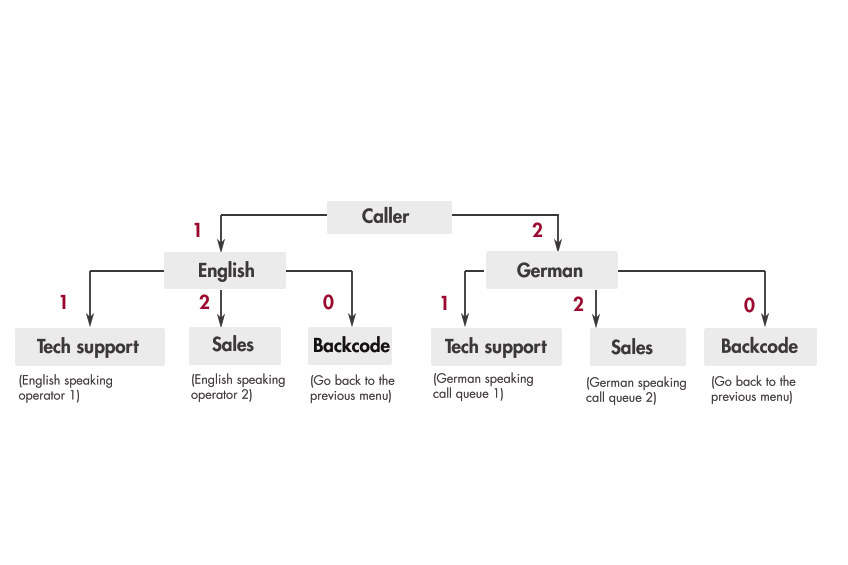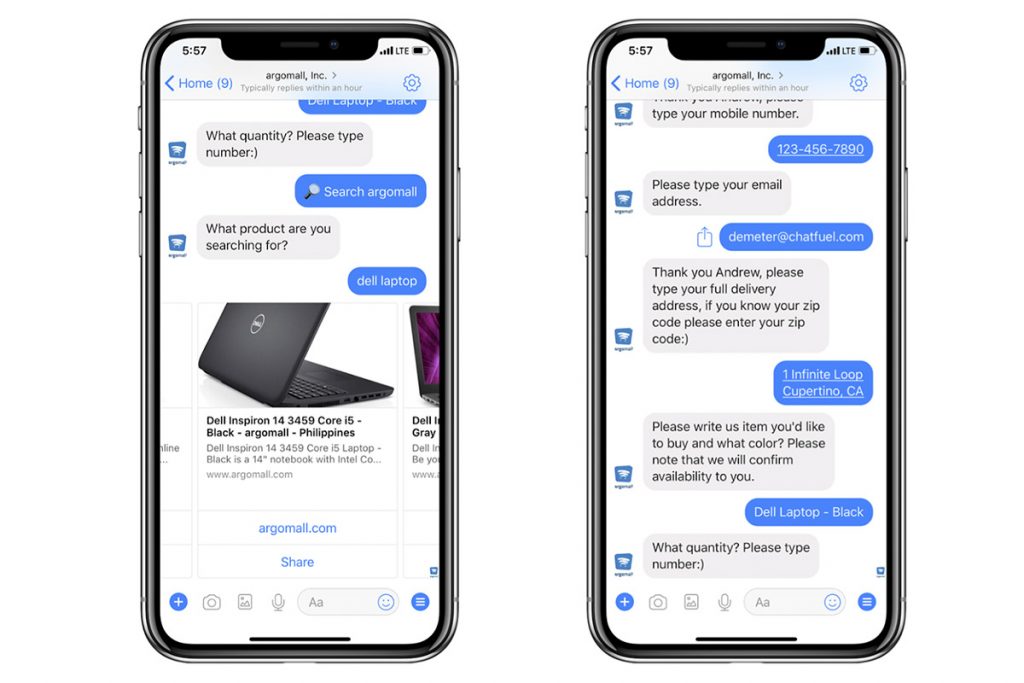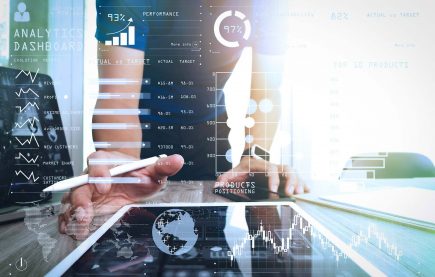
How Natural Language Processing Improves the User Experience of Customer Support
The application of voice assistants like Siri, Google Assistant, Google Home, and Alexa are rising, however not everyone using these services are learning weather conditions, watching videos, or analyzing stocks. Natural Language Processing (NLP) is an advanced technology that is helpful to everyone, tech-savvy or not. Consumers and businesses, such as restaurants, e-commerce, and retailers, are increasingly using voice assistants in their daily routine. This results in a high demand for personalization and comfort across various services, and thus enhances the user experience. Before understanding how NLP improves consumer support, let’s take a deeper dive into what NLP is and how it works.
What Is Natural Language Processing?
A natural language is what humans use to understand and communicate with each other. Doing so by using computer science and artificial intelligence, computers are manipulated to understand and process chunks of data and generate a human-like response. With artificial intelligence (AI) and machine learning (ML) under the big umbrella that is NLP, machines are programmed to understand a language which consists of the following language-building steps:
- Pragmatics
- Semantics
- Syntax
- Morphology
- Phonology
Powering a human touch through machine learning helps it learn to understand words, context, documents, and human interaction. NLP analyzes these interactions, extracts information from the documents, and responds to them with a relevant answer without the need of a human agent. Given the characteristics of Natural Language Processing, the technology can be used today in various segments of the processes happening anywhere in the world, such as:
- Optical character recognition
- Speech recognition
- Speech segmentation
- Text-to-speech
- Word segmentation
- Tokenization
However, the applications of NLP have recently reached their peak in customer services and other business operations to remove the absence of humans. Instead of managing each and every department, humans can focus on the critical tasks making these advanced applications work under extreme conditions, probably like remote working.
Ways NLP Can Improve Customer Support
NLP is used within every department, approach, and operation in a business. Here are some of the ways NLP shapes the future of customer services and support:
Phone Calls With Potential Customers
Raise your hand if you’ve ever heard a pre-recorded voice on calls by a data service provider asking to re-charge your plan or set some caller tunes by pressing numbers on the dial-pad. Unless you have blocked these types of callers, you may still be receiving them. This phonic system, known as Interactive Voice Response (IVR), was probably the first NLP use case offered to consumers. The system allows users to input their questions via a call with employed IVR, and then directs customers within a pre-programmed route, as seen in the image below:

Even after the options are offered to customers, their questions are still intact, due to which they end up frustrated and opt-out. NLP’s integration to the IVR systems solved this query, giving callers an option to share their natural language rather than in systematized phrases or dial pad numbers. Now the system can speak with customers in a similar language to understand their issues and reply with a human-like response. This decreased the amount of long, pre-programmed calls, increased productivity, and reduced the need for agents to be online 24/7.
Chatbots
Approximately 41% of the buyers would like to communicate through live chat while visiting your website. This shows the preference of live chatbots over any other channel of communication. The reason being instant replies, human-like interactions, and an easier method to find answers to questions. Generally, without such technology, customer support agents always have a packed schedule to talk to their customers and direct them towards a profitable and satisfying solution. But at the end of the day, there may be many unanswered calls, which can lead to losing a customer. Chatbots came as Iron Man suited up with technological armor to resolve the issues and leave buyers with a captivating effect. They are powered with the AI-based NLP technology we are talking about and identify the customers’ needs and respond to them in real-time without needing agents to be available and live all the time. Chatbots can be made in resonance with any type of product service, such as mobile homes, clothing stores, software solutions, and electrical appliances. Chatbots are even compatible with the different time zones across the world and provide instant feedback to the customer, even after business hours. In addition to this is the personalization within the chatbots, allowing them to remember past interactions and all the responses of the customer.

Analytical Data
Analytics has been extremely important when it comes to business operations, which can be learned from a human capital management solution. It generates insights about the data being stored into the business files and shows how to regulate the data to direct business growth. But with all those traditional and manual approaches, it is actually challenging to get into the core of this data and know what can be done better. NLP being the pioneer of this gives an option to businesses to analyze data, generate real-time reports, and receive insights that can become a leading step towards business growth. As mentioned earlier, a chatbot is the most approachable way to deal with clients, which can also store millions of related data, which can then be extremely helpful to the companies. Now, with the help of NLP, companies can extract useful stored information and carry out a sentimental analysis. This collectively brings the information related to customer emotions, actions, and taste related to the product. This helps in personalizing the content to be used for the subsequent interactions and filling the gaps in the communication channel and offerings to the users.
Analyzing User Satisfaction
Towards the end of the interaction with your potential customer, it is essential to gather feedback to identify their opinion about the product or service you offered, and to boost customer satisfaction. Now that you have transformed the customer support and handed everything to the chatbots, you might be wondering how to find the results of the interactions. Well, if your little chatterbot friend can talk with our clients, it can also store and analyze these chats with it’s AI and ML capabilities. “I had a good experience with the agent today.” “The waiter today was very helpful, and I enjoyed your service.” “My parcel arrived later than I expected.” For this kind of feedback, NLP will determine the feelings of the potential customers by catching the words such as “good,” “helpful,” “enjoyed,” and “later,” based on whether the response is analyzed as positive or negative.
Speech-to-Text Technology
With the rise in applications such as Alexa, Siri, Google Assistant, etc., people have become more comfortable using the speech-to-text tools across all devices and mobile applications. According to a study by Statista, the count of digital voice assistants will touch 8.4 billion units (devices) by 2024, which is currently more than the total population of the Earth. A rise in this advancement can be noticed in every single minute of our day as we tell this assistant—our personal assistants—to schedule our day when we wake up. The users of this approach now ask the assistant to find a route, play a song or movie, open an application, or order a meal. Have you ever considered applying this to your user services? You can open doors to voice recognition for your clients, who can use it by:
- Translating customer questions within different languages for you to understand.
- Enabling your CRM tool or any other software with a speech-to-text application.
- Ordering a meal through your mobile delivery app.
NLP is the foundation of these benefits. Its speech recognition facility, I mentioned earlier as one of its segments, has made this possible for consumers, and now for businesses.
How Businesses Can Benefit From Using NLP
With its reach over different segments, NLP can be helpful to each and every business entity, from restaurants to online delivery stores, cabs to airplanes, ecommerce to call centers, and everywhere in between. While IVR, chatbots, and voice assistants are more helpful for online stores and cloud software businesses, analytics can be useful to every type of business to improve their profitability and efficiency.
Final Thoughts
There are many advancements still to come. Constantly evolving, this technology will continue to be beneficial to online businesses. NLP bridges the gap between businesses and their potential customers. But to get these benefits, businesses should train their employees and start applying various methods mentioned above in their operations.

